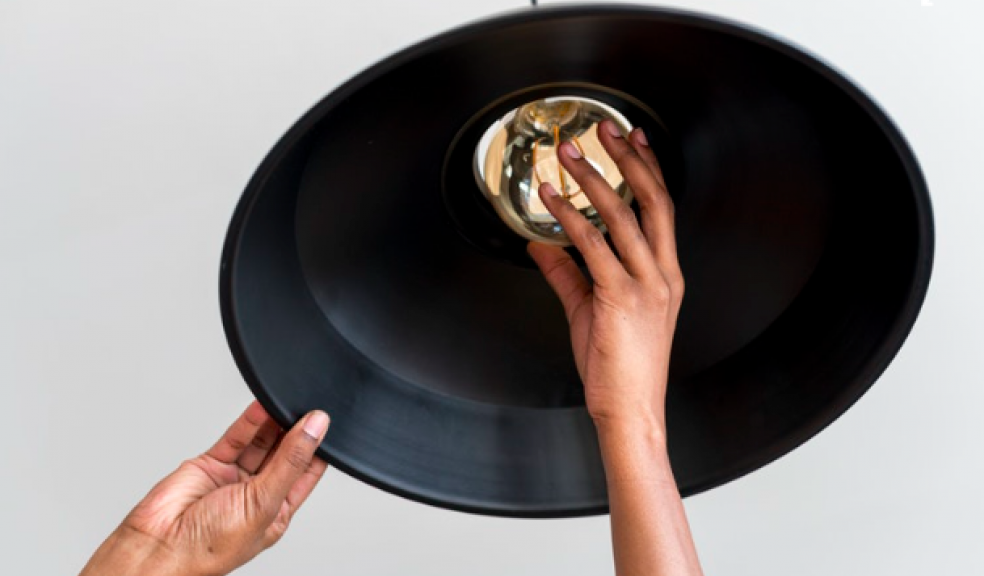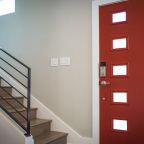
6 Tips to Make Your Home More Eco-Friendly
A green home translates to significantly reduced power bills, better efficiency from electric appliances and a smaller, overall carbon footprint, but there’s even more to it than that. For example, a well-planned photovoltaic system can not only save money, but it can essentially make a home largely independent of the power grid. Go through the following six tips and see if there isn’t something that you find suitable enough to adopt in your own domicile and help save both the planet and your bank balance!
Shift to LED
LED stands for light emitting diodes, and they are multiple times more power-efficient than the old incandescent bulbs. They are also better in every way than the more commonly used CFL (compact fluorescent light) bulbs which most of us have at home. LED lights have already replaced CFL lights in television sets and it is time to use them for illuminating our homes as well. When a majority of the population decides in favour of switching over to LED lights, it is expected that the greenhouse gas emission will go down by hundreds of million tons and so will the need to construct additional power plants as a result of the electricity this switch will save collectively over time. Considering the billions of pounds that it will save for the country and the hundreds of pounds you will save over the years, the shift to LED is one of the simplest, yet most profound moves you can make towards making your home eco-friendly. The only problem with making the shift is the higher cost of LED lights at the moment, but that is going to change very soon and even at the current price, the money saved in electricity bills will make up for it over time.
Get Your HVAC System Inspected Professionally
HVAC systems consume more electricity than just about everything else in a residence, and even in commercial buildings they are responsible for the bulk of the power bills every month. Now, there are multiple ways to lower the power consumption of HVAC systems and we will discuss some of them later, but they can only be truly effective if the heating and cooling machinery itself is functioning at optimum efficiency. If you see any of the common signs that indicate a malfunctioning or broken HVAC system, such as excessive noise, hot and cold spots, reduced airflow, etc, it is time to call in a professional HVAC maintenance and repairing service to figure out the problem. Read more now at Maintenance Solutions for the common signs and what you can do to prevent the subsequent problems. Once the HVAC system is running at optimum efficiency though, you will find that the power bills have come down significantly and you are getting better performance from the system. If the professionals recommend it, it might even be a good idea to replace particularly old systems with poor energy ratings.
Insulate Your House
As talked about in the previous point, there are ways to considerably reduce the power which a HVAC system consumes and the most efficient way to do so is by using the appliance as little as possible. To achieve that without sacrificing on the comfort is doable, as long as your home is well insulated. During the hot summer months, a well-insulated space won’t let the cold air from the air conditioner escape outside, so your cooling system won’t have to work extra hard to maintain the set temperature. When the cold winter months arrive, the hot air will be trapped inside, while the cold air from the outside won’t be able to enter, resulting in the heating system having to work much less often than it would have to otherwise. Some of the common and effective methods of insulating any home or even commercial spaces are as follows:
- Cover the floor with full rugs or at least area rugs
- Use insulation tape to cover gaps in between the walls and the windows
- Use heavy curtains on both doors and windows to add more insulation during the winter
- Apply insulation films on your window glass
- Replace the cheap glass on your doors and windows with energy-efficient glass
Buy a Smart Thermostat
If you don’t have a smart thermostat yet, get one as soon as possible because it will help immensely with cutting down on the HVAC system’s electricity consumption. Consider the following points which explain why most people have already shifted to smart thermostats and how it can help you as well:
- They can be programmed to change the inside temperature according to the time of the day
- Smart thermostats “learn” the user’s behavioural patterns and adjust accordingly
- Advanced models can regulate compatible HVAC systems to maintain optimum comfort and power-efficiency
- They can show the energy consumption of your appliances in real time
Go Green with a Garden
If you don’t have the necessary space to grow a fully-fledged garden, at least have a few house plants inside to help keep the air fresh. In case you do have the space, consider having a small garden with at least one big tree. Be careful not to use chemical pesticides though, or you will end up causing more harm than good to the environment around you. Also, switch over to a manual mower for trimming the lawn to save power.
Utilise Solar Power
This one is a pretty obvious suggestion really, but it is one that is more affordable now than it was ever before. However, unless you live in an area that enjoys enough sunlight to justify the investment, it is better to invest in solar powered appliances such as solar phone chargers, solar flashlights and lamps, solar generators, solar cookers and solar plugs to name a few.
The idea behind building an eco-friendly home is to maximise energy efficiency, without significantly sacrificing on any of the modern comforts that we have all become used to now. By taking the steps we just discussed, it is quite possible to achieve exactly that.











